Hearing Aids Overview
Hearing aids are more advanced and sophisticated than ever. With many features and technological options available, Audiology Concepts is here to help you find the best solution for your hearing needs. Test out the most common hearing aids we offer at our six locations:
Burnsville,
Duluth,
Edina,
Grand Rapids,
Forest Lake,
Cambridge.
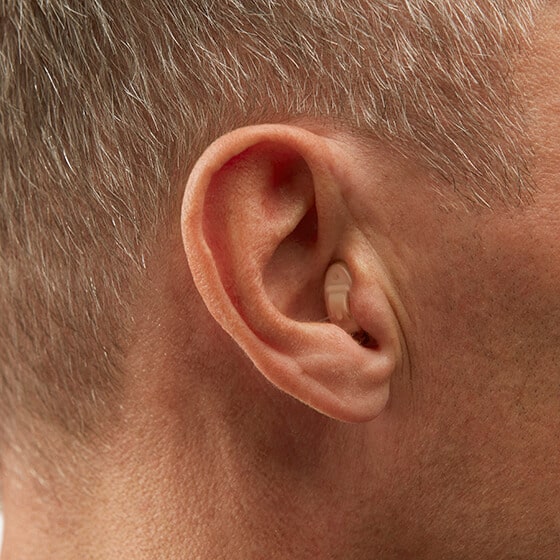
Invisible-in-the-Canal (IIC) and Completely-in-the-Canal (CIC)
If you're looking for the smallest and most discreet option, look no further than these two styles. The IIC style is almost impossible to see unless someone is looking directly into your ear at close range. They are placed deep into the ear canal and have to be removed by pulling on a pull string attached to the device. The CIC is marginally less discreet than the IIC style and sits less deeply in the ear. These styles are usually suitable for individuals who have mild to moderate hearing loss. They do not generally have any manual controls, such as volumetric wheels or program buttons due to their small size.
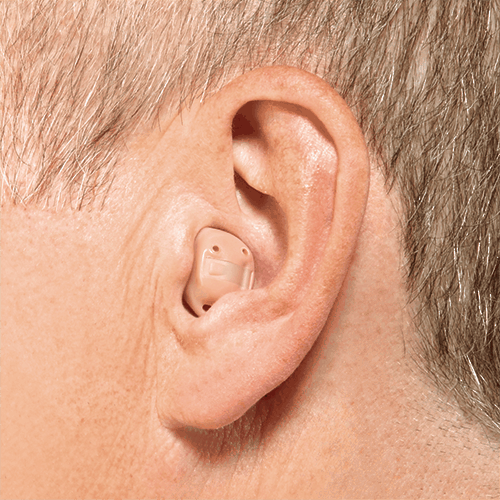
In-the-Canal (ITC)
In-the-canal hearing aids fit into the ear canal and can accommodate more functionalities, thanks to their slightly bigger size. ITC hearing aids are, like CICs and ITEs, custom molded to fit your ear. They are more visible as they stick out a little further. Wearers can choose from a range of color options to help them look more discreet.
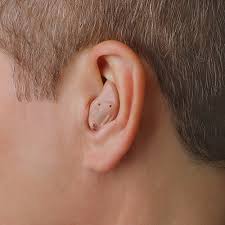
In-the-Ear (ITE)
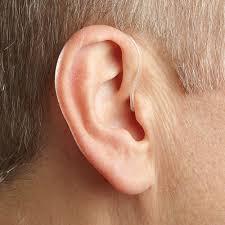
Receiver-in-Canal (RIC)
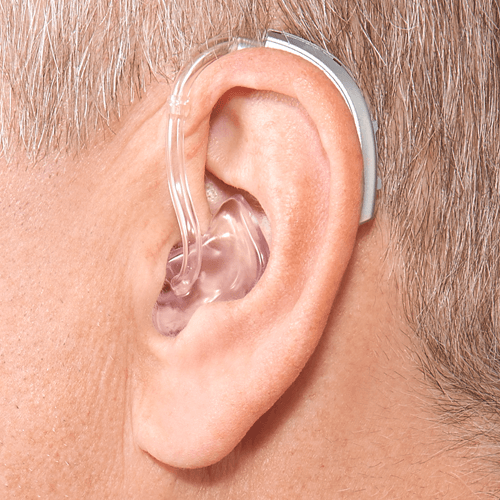
Behind-the-Ear (BTE)
Latest Hearing Aids Technology
Bluetooth Compatibility
Bluetooth is a wireless platform for information transferred between two or several electronic devices. The technology incorporates high-frequency radio waves to communicate information safely and securely. Many of today’s hearing aids leverage Bluetooth technology to enable users to link to electronic devices for high quality audio streaming. By pairing your hearing aids to a smartphone, tablet or computer, you can stream movies, songs and phone calls directly into your ear.
Rechargeable Batteries for Hearing Aids
The newer models of hearing aids are beginning to take advantage of rechargeable battery technology, and now every single hearing aid manufacturer has a rechargeable option. They bring several benefits for hearing aid users:
- More convenient: Rechargeable batteries free you from tinkering every few days with small batteries. Rechargeable hearing aids are simply placed in their docking station at night and are ready for use in the morning.
- More environmentally friendly: Rechargeable batteries are much more environmentally friendly than disposable batteries. They are replaced once a year, and should only need a maximum of 8 batteries over a five –year period. Compare that to an average of 520 batteries of over the same time period.
- Less expensive: Rechargeable batteries are a far cheaper option for most people.
